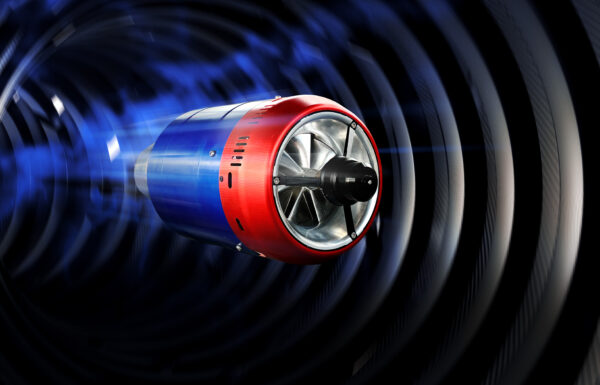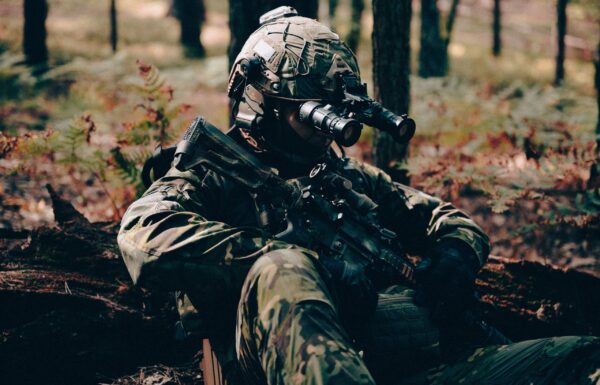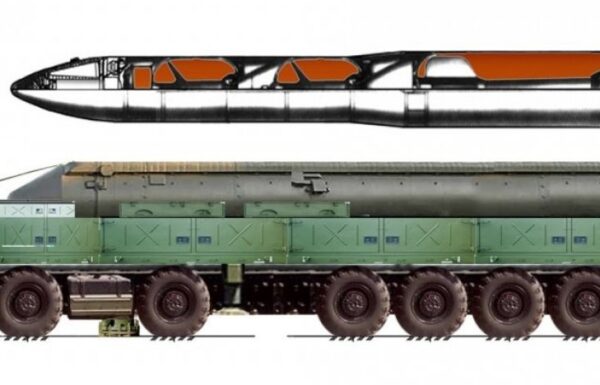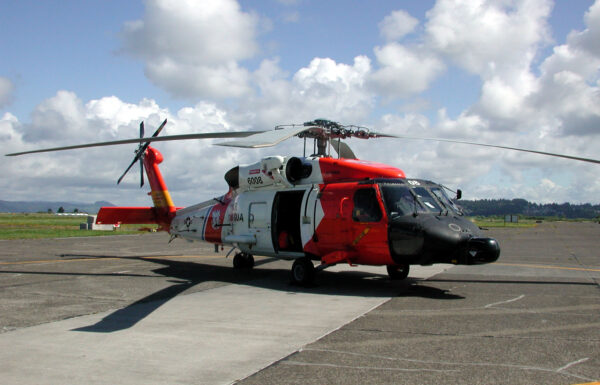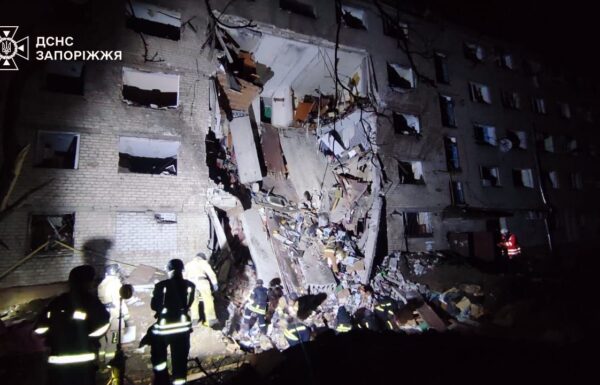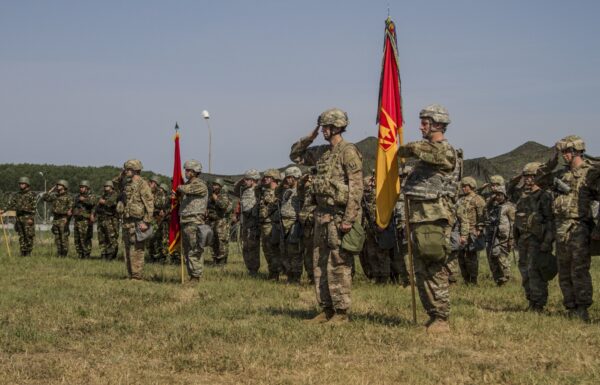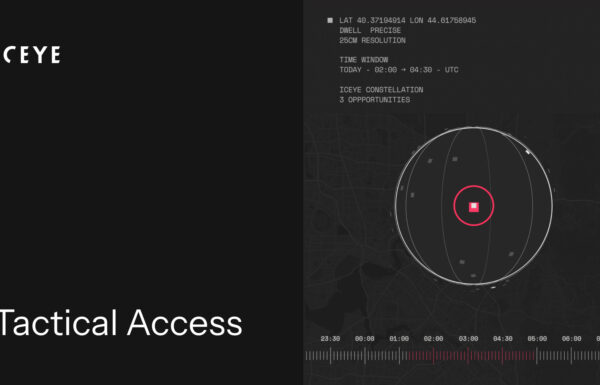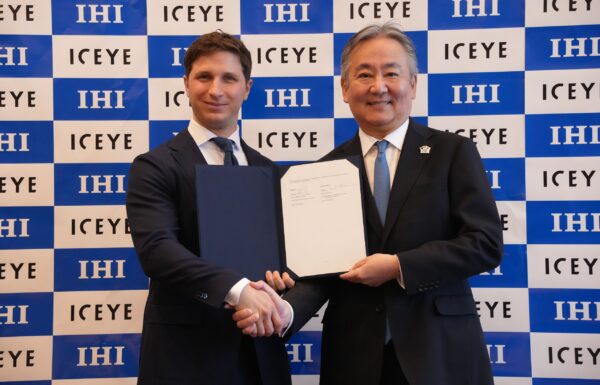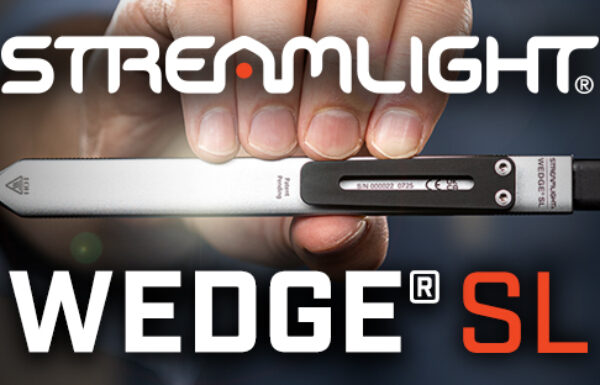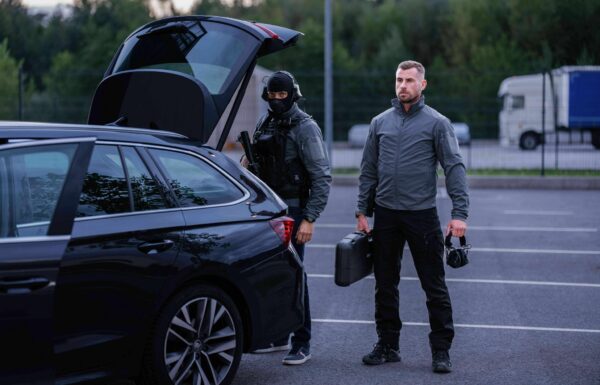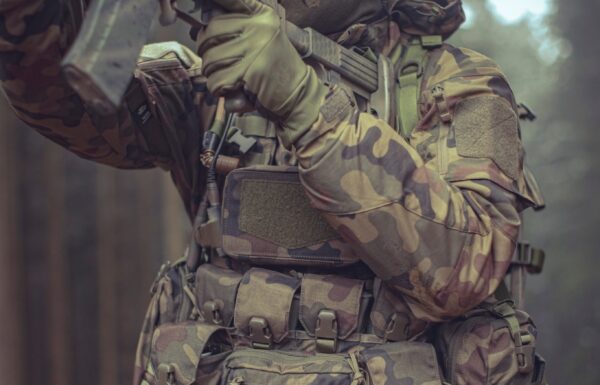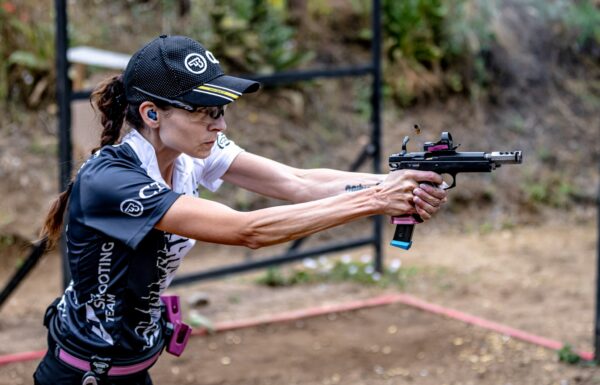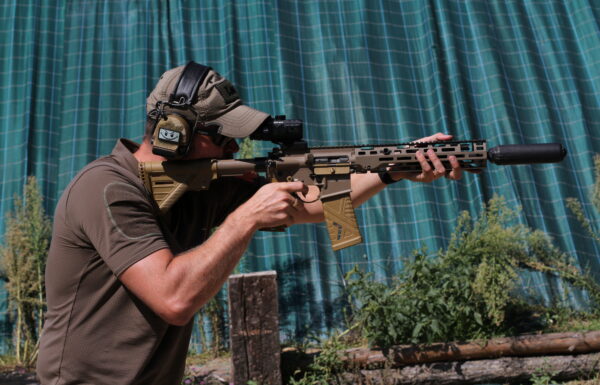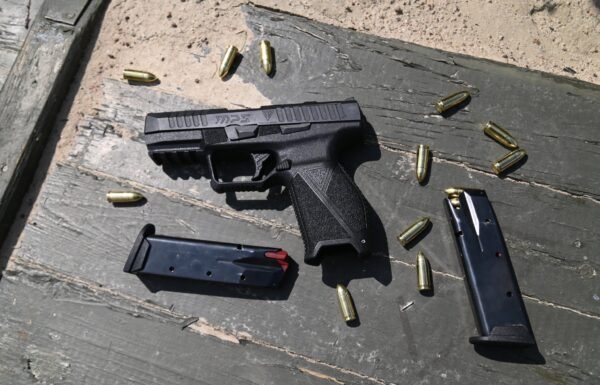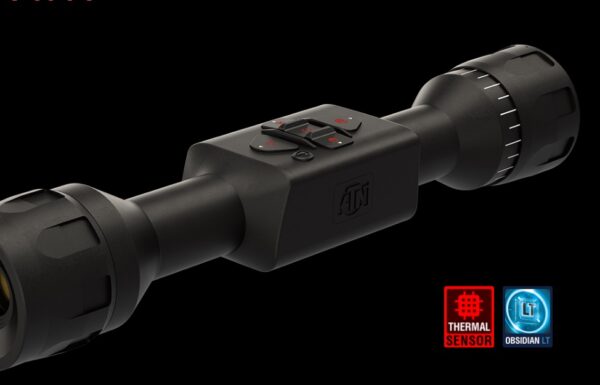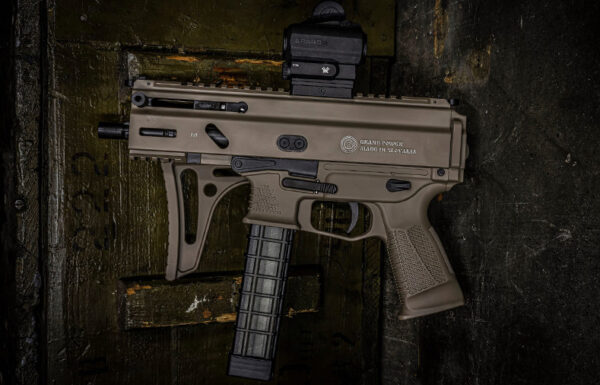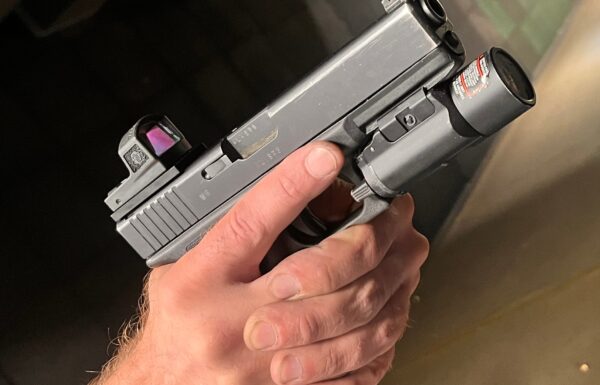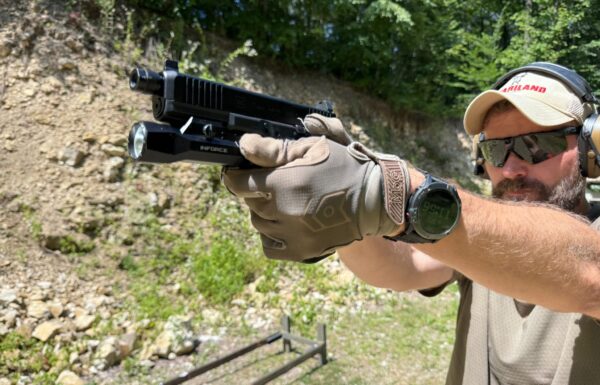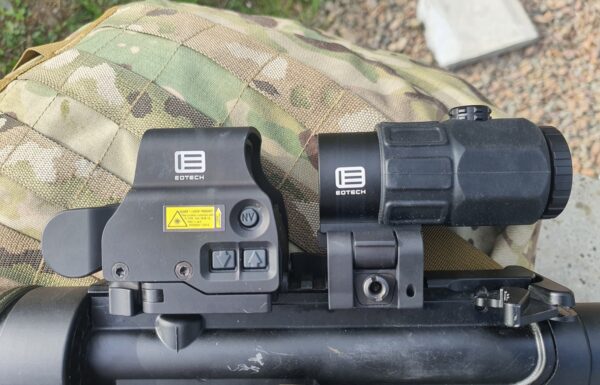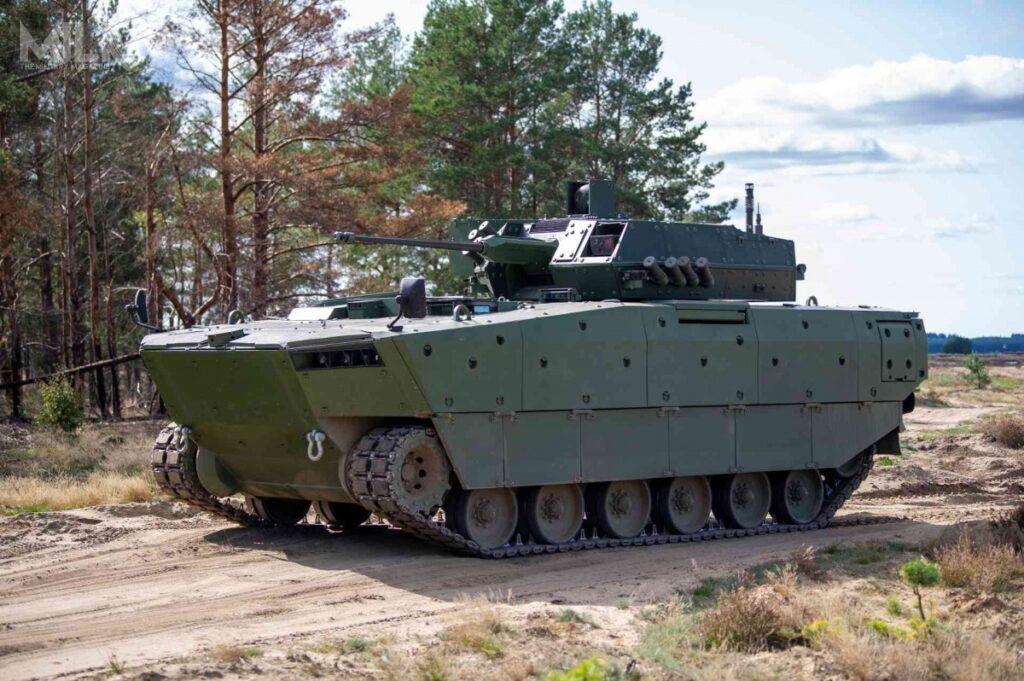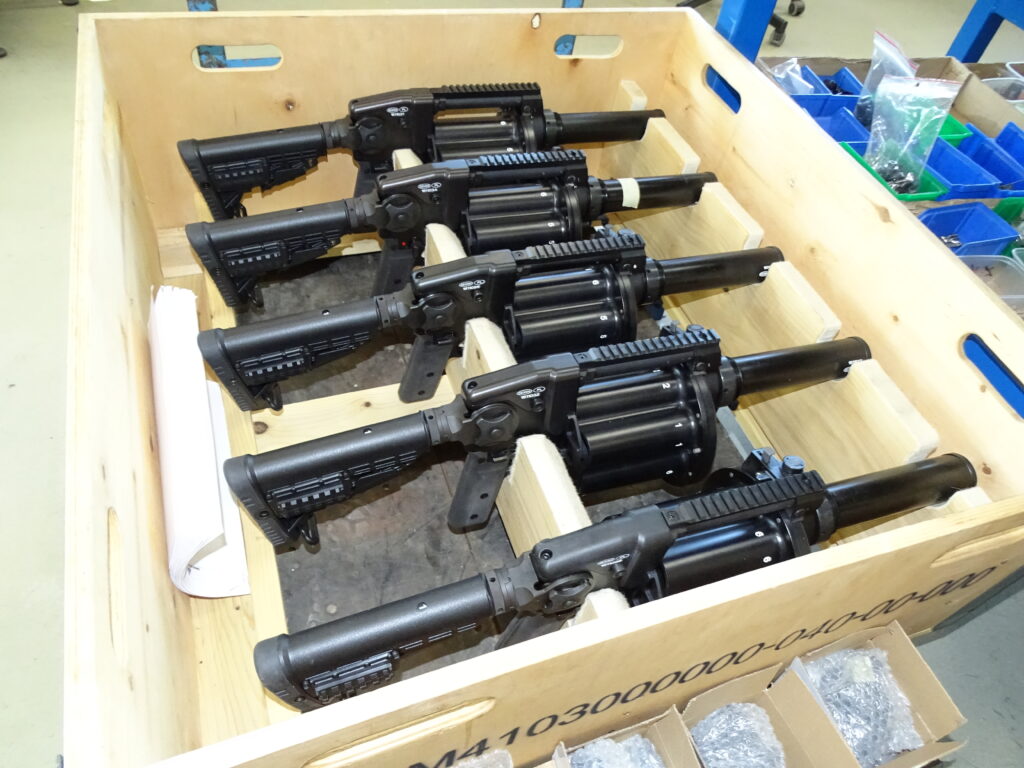PGZ has an enormous variety of products, ranging from service weapons, optoelectronic equipment, tactical gear, up to artillery systems, armored personnel carriers, or modernization packages for Soviet-made helicopters and tanks. We don`t want to give up on any of those segments. The most important for the future are the anti-aircraft and anti-missile systems, armored and wheeled vehicles, autonomous systems and battlefield management support solutions. For these, we see the biggest export potential. Domestic offer is somewhat similar but encompasses a broader range of products which is a direct result of modernization plans for the Polish Armed Forces.
Polska Grupa Zbrojeniowa has been the biggest, commercial exhibitor at the MSPO for years. What do you consider the most important presented product for 2019?
We are involved in many negotiations and technical dialogues so I can`t point to a single product. This year`s display contains many solutions which are of interest for both foreign and domestic parties. We have conventional and rocket-based anti-aircraft systems, modular tank destroyers, Rosomak BMS system on a wheeled personnel carrier chassis and, obviously, our Borsuk with ZSSW-30 turret. The display also contains products developed for the Titan program. Visitors can also see the new, heavy armored recovery vehicle from Siemianowice. This is only a part of our display at this year`s MSPO.
The rebuilding of the multi-layer air defense systems for Poland is considered one of the priorities. How would you rate the PGZ capabilities for delivering bespoke solutions for Wisla and Narew programs?
We are the main industry partner for the Wisla program and the work is proceeding according to procedures set by Foreign Military Sales regulations. We are aiming for the biggest business benefits which can be illustrated by the recent agreement concerning the manufacturing of DLTM modules in the Wojskowe Zaklady Elektroniczne from Zielonka. For the Narew program, we are declaring complete readiness for delivery of domestic solution based on proprietary communication and command system which is fully compatible with IBCS by the means of so-called A-kits. This is based on both economic and national security reasons. PGZ as a national integrator is a key for correct explanation and modernization of this system, guarantees future users needs and gives certain autonomy when sales to other markets are concerned. The markets themselves are deeply interested in such systems.
Will the currently developed by MESKO Piorun man-portable air defense system be introduced into the Polish armed forces? Is the design mature enough to become a part of PGZ`s export portfolio?
Deliveries of Piorun system to Polish Armed Forces started at the end of 2018 and the program itself is currently ongoing, accordingly to the agreements with the ordering party and the schedule. The Piorun`s predecessor, Grom, was sold to, amongst others, Georgia, Lithuania, and Indonesia, as a part of Kobra very short-range anti-aircraft system. Pioruns, as a portable anti-aircraft system, is covered by very restrictive export law such as the Wassenaar Treaty, which Poland has signed. It`s important to also remind that the rights and technical documentation of Pioruns belong to the Polish Armed Forces. The system is completely mature, we have it in our offer and certain countries confirmed their interest in it but due to non-disclosure agreements, we can`t say who precisely is interested.
When looking at the recent acquisitions of the Polish Armed Forces, it`s visible that the Lockheed Martin has a dominant role. Do you treat the company`s current position in Poland as a benefit or a threat to PGZ?
We openly say that neither now, nor in the near future, Poland will be able to produce 5th generation fighter planes or tactical, antiballistic missiles. As such, these systems have to be procured from the biggest players in the world`s market. However, each situation has a solution beneficial for all sides: the industry which aims for profits and improved competencies, the armed forces which require the most capable equipment, and obviously the government, which has to balance the interests of each party and maintain the budget. We reach this with the offset agreements, MON-negotiated relocation of manufacturing facilities into the country and the technology transfers.
Lot has been lately said about the limited modification of the Polish T72M1`s. Knowing the potential of PGZ, are You satisfied with this? What will really be handed over to Polish tankers when the work is completed?
The industry proposed a lot of offers concerning this over the years. Some of these were wider the current plan, which is a compromise between costs, needs, and final effect. If this issue would be worked out 10-15 years ago and if the further development of the PT-91 tanks wouldn’t be stopped right after the tank`s delivery, we would be in a different situation now. The current development program of conventional artillery serves as a great example. This branch of the Armed Forces planned well ahead and consequently acquired equipment matching their requirements. As a result, we are currently delivering firing modules of Krab`s and Rak`s which are one of the most modern artillery systems in the world. It`s impossible to retire hundreds of tanks in one day just to replace it the next day with new vehicles. The T-72 modification will allow both the army and the industry an easy transformation, without loss of competences and the skills of tank crews.
Recently You declared a will to renew the development process of the new, Polish tank. Who would you consider as PGZ`s strategic partner in the endeavor? Which components could be manufactured domestically and which would have to be imported? I`m mostly interested in the turret, cannon and stabilization systems, powerpack, armor (including reactive armor), chassis, fire control systems, and active and passive defensive systems.
The decision to involve PGZ in the development of the new Polish main battle tank involved both the nation`s security aspects and the business ones. Armed Forces require a couple of hundreds of tanks and support vehicles. Such scale of the program justifies the involvement of domestic arms industry.
Our partner companies have potential in manufacturing of vehicles bodies, suspension, parts of the electronic and optoelectronic systems. We are growing our competencies in barrel manufacturing, battle management systems and have a promising development in the active defense systems field. Of course, we can`t do it all alone but there is hardly any weapon system of such complexity which has been developed by a single state`s defense industry. We don`t say we want to do it alone and we see the need for cooperation with domestic and international partners.
Models for such cooperations vary from industry partnerships, joint R&D work, procurement of technical documentation, Polonization, or licensed manufacturing. Such complicated programs are effected in the world using all these tools and everything is created as a part of delivery chains. Besides the choice and collection of parts, integrator role is a key one and PGZ should have this role in the tank project. It`s not only a matter of physical integration but also logical integration and wetronics work. All this is necessary for all the elements to work and cooperate as a part of a single system which will guarantee the solder`s safety and give them the necessary tools to complete the required tasks.
We expect the Polish Armed Forces to precisely describe their requirements and technical-technological assumptions. The government should support us in international negotiations. We want to complete such a prolonged program because we can see the enormous potential which, together with government and Armed Forces, can be exploited for mutual benefits.
We cannot omit the concept of infantry fighting vehicle and the support vehicles developed by PGZ. Is there any breakthrough on the horizon?
The Borsuk program is the breakthrough. Polish industry successful completed an ambitious task to create an amphibious, tracked vehicle which is well protected against ballistic and explosives threats. The ordering party requirements were, and are, challenging. And it wasn`t a single task – a huge consortium had to be created and managed. The consortium consisted of numerous industrial and scientific entities, with different profiles and potential. Research and development work had to be planned and completed while balancing the interests of military, state-owned, and private entities. Such a project is a titanic challenge and it was crowned with the Borsuk prototype – one of the most modern of such vehicles.
But the prototype isn`t the end of the road. We are developing a heavier variant of the vehicle and analyzing the platform`s potential. This required creation of “modernization space” and will allow other variants such as support vehicles or medevac vehicles to be created. Borsuk is a very versatile platform which we can utilize for many tasks while supporting the needs of the Polish Armed Forces and other allied forces.
State of the Polish Navy has been a worry for experts for many years. Will Polska Grupa Zbrojeniowa be involved in new Navy projects any time soon, considering especially with Czapla, Miecznik, and Orka programs.
Industry`s role isn`t to create a concept of the use of armed forces. The industry should deliver solutions which will allow armed forces to effect these concepts. Projects are developed according to requirements set the by the ordering party. As PGZ we have the potential to work within the mentioned programs. I`d like to remind that shipyards act as integrators of equipment and armament, they don`t build the surface and subsurface weapon systems, powerplants or radars. All this equipment isn`t manufactured next to the slips and docks.
When it comes to surface vessels, we can rebuild our potential and capabilities to launch own vessels in which will fulfill the Navy`s requirements. To do this we require cooperation with a foreign shipyard, design bureau and a technology transfer.
We are also capable to take part in the construction of submarines, also in a partnership model. Self-reliance in repairs, servicing, and maintenance of vessels and on-board systems is a key issue for the Navy`s continuous operation.
How do you rate the pace of work on the introduction of service firearms manufactured by PGZ`s partners? The army is buying the Grot C16 FB-M1 service rifles and VIS 100 service pistols. Can you say something about the RGP-40 revolver grenade launchers and precision rifles which are currently under development by Fabryka Broni and Zaklady Mechaniczne Tarnow?
The whole process is successful. The cooperation with ordering party, i.e. Wojska Obrony Terytorialnej, is ideal. MSBS rifle is a system which is continuously under development. We also know that other branches of the Armed Forces are eagerly awaiting their new service weapons for both 5,56×45 mm NATO and 7,62×51 mm NATO ammunition. We have solutions for each segment which we present to the ordering parties.
As to the grenade launchers, ZMT is planning sales to Polish uniformed forces. This will hopefully happen next year. We are also searching for foreign buyers who could receive their orders very quickly.
For the conclusion, would you be able to point out the most innovative projects that the PGZ is currently undertaking?
We are conducting projects in many spheres and throughout the whole world, we are seeing revolutionary ideas. I`m talking about things such as autonomous systems, battlefield management support systems, active defense systems for vehicles, new communication and reconnaissance technologies, programmable munitions, or energetic weapons. We conduct these projects on our own, as industry partners, and together with civilian and military R&D centers.
Thank You for the interview


